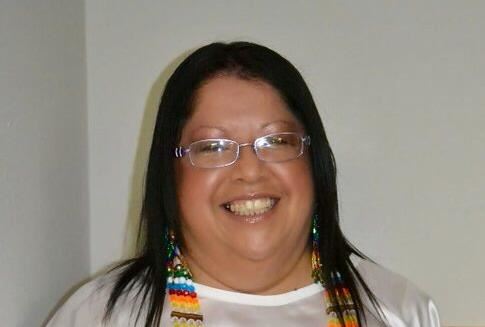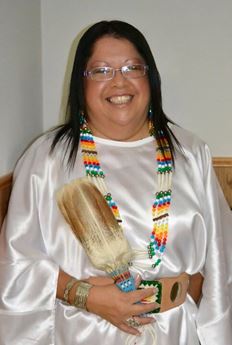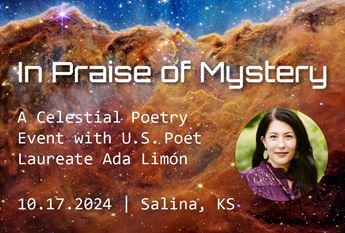

"We Remain"
September 5, 2018
In the early morning hours of November 29, 1864 approximately 1000 Cheyenne and Arapaho Indians led by chiefs Black Kettle, White Antelope, and Left Hand awakened to the sound of hoofbeats pounding on the prairie and gunshots filling the crisp morning air as soldiers stationed at nearby Fort Lyon rode toward the Indian encampment with guns and cannons blazing. The conflict had been brewing all summer as Indian raids practically halted traffic on the Santa Fe Trail of which Fort Lyon was a part. During the pre-dawn attack at least one chief raised the Stars and Stripes while other villagers waved white flags to show that they were peaceful—all to no avail. In the end the soldiers murdered over 150 Indians, most of them unarmed women, children, and men too old to fight back. The soldiers then mutilated the bodies taking scalps, ears, and private parts as trophies. The slaughter at Sand Creek, a mere 30 miles west of the Kansas-Colorado border, became known as the Sand Creek Massacre and after an initial outcry, eroded from white memory as the years passed.
Colonel John Chivington led over 700 troops to the Indian encampment that brisk November morning. In his version of events 1000 well-armed warriors waited to attack, which required Chivington to unleash his men with fury. Chivington hoped that his victory would lead to a commendation and his eventual election to Congress. However, several of his men refused to join in the slaughter and issued counter reports telling of women and children “getting on their knees for mercy” only to be beaten and shot by carbines and howitzers. One soldier estimated that out of all the Indian casualties, only 60 were not women and children.
Members of Congress were so incensed at the news that rather than giving Chivington a commendation, they launched an investigation into the affair and eventually ruled that the colonel “deliberately planned and executed a foul and dastardly massacre” and “surprised and murdered in cold blood” Indians who believed “that they were under [US] protection.” The US government even promised reparations for the events at Sand Creek. Yet with the discovery of gold in Colorado, the rush to settle the West, and the ensuring Indian Wars (due in part to what happened at Sand Creek), the non-Indian public all but forgot about the massacre in the ensuing years.
That the attacking soldiers hailed from Fort Lyon proved significant. The fort’s origins began in 1829 when William Bent built the structure in order to trade with the native inhabitants of the area. It soon became a way station on the Cimarron branch of the Santa Fe trail. Importantly, Bent maintained a lucrative trade with the local indigenous population and established good relations with them from the start. The fort cooperated with detachments from Fort Larned in Kansas and served as a site for the signing of the 1857 Treat of Fort Wise (as it was then known) which guaranteed peace along the Santa Fe trail and in the region. The history between the fort and the Cheyenne and Arapaho, therefore, was one of trade and peaceful negotiations and served as the reason why the tribes believed that they were under the post’s protection at the time of the attack.
"Sharing the reclaiming of heritage through education and interpretation is a powerful possession."
Only recently have memories of the Sand Creek Massacre been revived among the larger public, beginning in 2007 with the dedication of the Sand Creek Massacre National Historic Site. The massacre will also be remembered as an important part of the history of the Santa Fe trail at this year’s Rendezvous 2018 to be held September 20-22 at the Santa Fe Trail Center Museum in Larned. The theme “Death on the Trail” features presentations by Minoma Littlehawk-Sills, among others. She is a direct descendant of the Sand Creek Massacre and will begin Friday morning’s events with a Cheyenne blessing. She will also give a talk later in the day titled “We Remain” where she will share the struggles of her ancestors and the connection of the massacre to the trail from a Native perspective. Littlehawk-Sills explains her participation in the event, “At one time we endured education being used on us as a weapon and now it no longer presents the pressure to depart from our traditional ways. Today education empowers us to be who we are to preserve our culture and heritage and to pass what we learn on to others. Sharing the reclaiming of heritage through education and interpretation is a powerful possession.”
Rendezvous 2018 “Death on the Trail” is supported by a Humanities Kansas Humanities for All grant.
Join the Movement of Ideas
- Attend Rendezvous 2018 “Death on the Trail”
- Explore the Santa Fe Trail through geocaching
- Read A Misplaced Massacre: Struggling Over the Memory of Sand Creek by Ari Kelman
Gallery
 View
View


